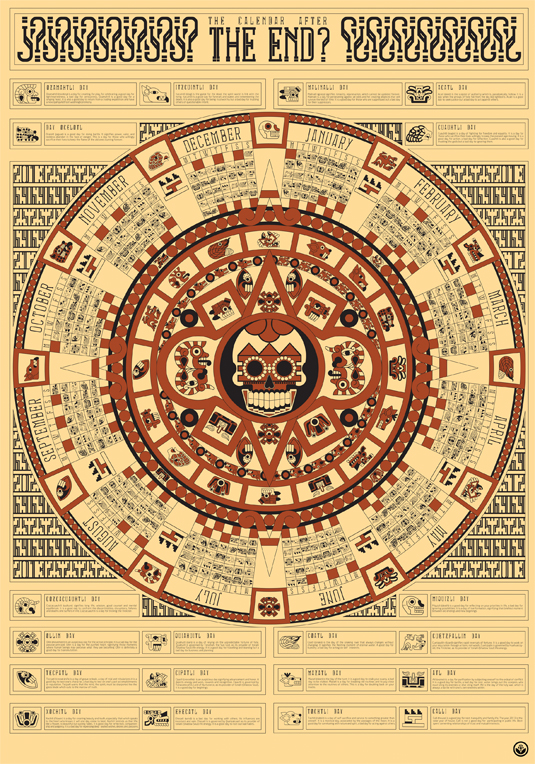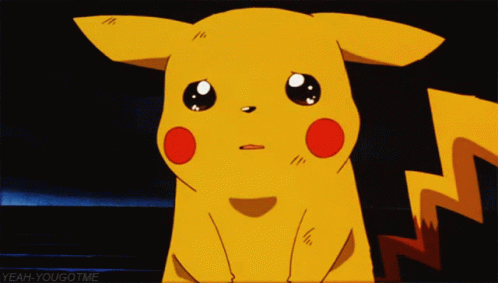Athens studio redesigns time
'The Calendar after the End?' is Corn Studio's response to the fact the world didn't end on 21 December 2012.

'The Calendar after the End?' is Athens-based Corn Studio's response to an erroneous translation of an ancient Mayan tablet, predicating the world's end on 21 December 2012. The project is a bold and intricate mixture of illustration, graphic design and silkscreen, created by Corn's Andreas Xenoulis and Dimos Stathis, and printed by 'silkscreen extraordinaires' Tind and Erato.
It also features an experimental typeface, Tikal, created by Netherlands-based graphic designer Richard de Ruijter. "We put the question mark at the end of the title to signify our ignorance about what may come," explains Stathis. "According to the Mayan calendar, 21 December marks the end of the time and the beginning of 'no-time'."
Aztec glyphs
The calendar began life on paper, before being scanned into Photoshop and then transferred to Illustrator for the line art and basic shapes. "The Aztecs, in one of their calendars, had 20 days," Xenoulis says. "Each day had the name of an animal, a natural element or an activity. Also, each day had a motto. We replaced the numbers of the days with Aztec glyphs because we believe that it’s time for people to stop counting the time in numbers and start counting in actions."
In total, the design stage took over 200 hours to complete. A further four days were spent on the printing process, four more on signing and numbering the work, with a five-hour photoshoot rounding the project off. The sheer detail of the calendar provided the biggest challenge. "It was a bitch to print," Tind admits, "but we did it and we're pretty proud of it."
This article was originally published in Computer Arts issue 211.
Like this? Read these!
- Free graffiti font selection
- Illustrator tutorials: amazing ideas to try today!
- Great examples of doodle art
Do you have any new projects that you'd like to share with us? Let us know in the comments box below!
Daily design news, reviews, how-tos and more, as picked by the editors.

The Creative Bloq team is made up of a group of art and design enthusiasts, and has changed and evolved since Creative Bloq began back in 2012. The current website team consists of eight full-time members of staff: Editor Georgia Coggan, Deputy Editor Rosie Hilder, Ecommerce Editor Beren Neale, Senior News Editor Daniel Piper, Editor, Digital Art and 3D Ian Dean, Tech Reviews Editor Erlingur Einarsson, Ecommerce Writer Beth Nicholls and Staff Writer Natalie Fear, as well as a roster of freelancers from around the world. The ImagineFX magazine team also pitch in, ensuring that content from leading digital art publication ImagineFX is represented on Creative Bloq.
